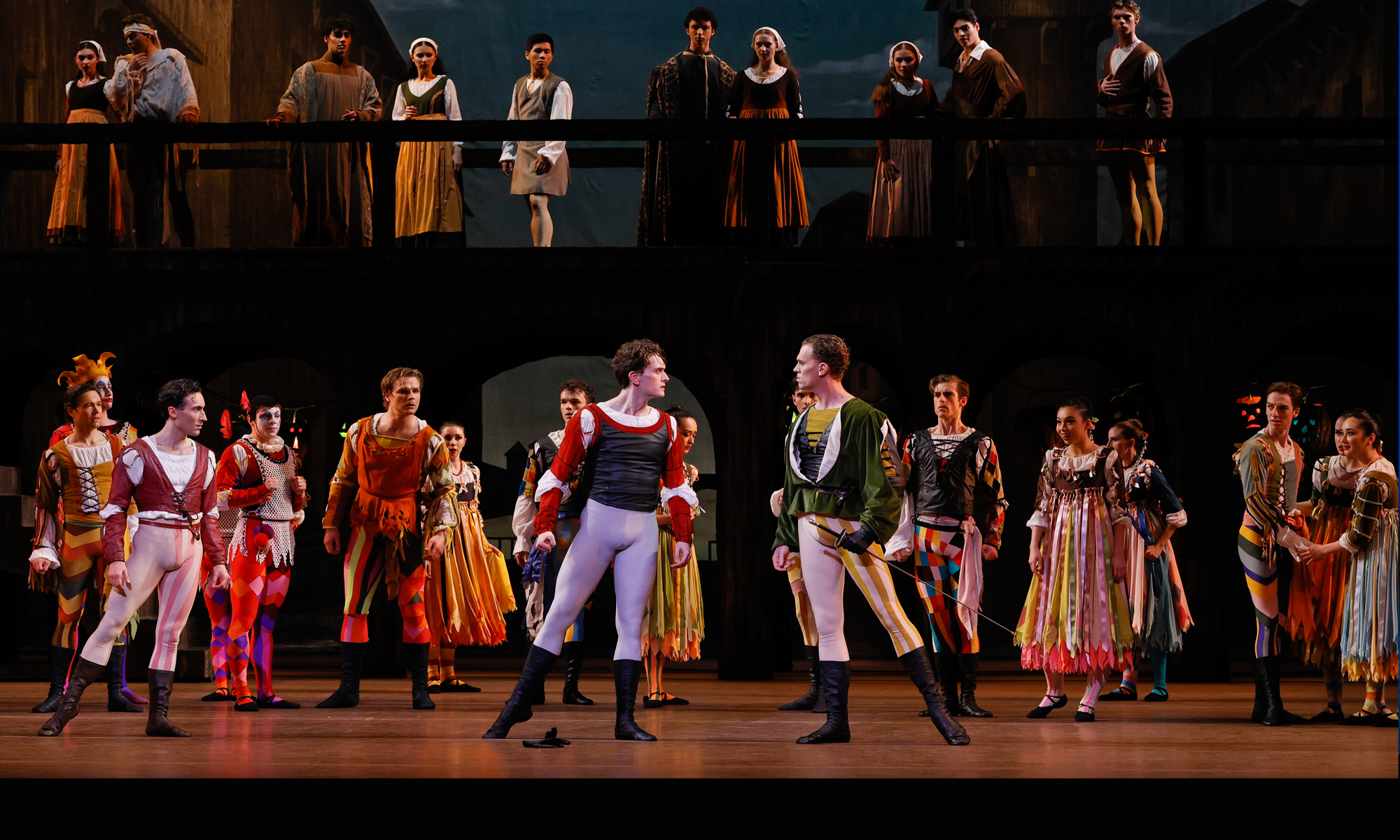“Oracle”
Semperoper Ballet
Semperoper
Dresden, Germany
November 25, 2016
by Ilona Landgraf
Copyright © 2016 by Ilona Landgraf
 With the new year quickly approaching, the art of prophecy is in great demand in Dresden. One clairvoyant resides in a cozy, tiny hut on a beautiful, rustic Christmas market in the old stable yard next to the Dresden Castle. An expert in palm reading, cartomancy and runes magic, the white-haired lady offers glances into what next year will bring.
With the new year quickly approaching, the art of prophecy is in great demand in Dresden. One clairvoyant resides in a cozy, tiny hut on a beautiful, rustic Christmas market in the old stable yard next to the Dresden Castle. An expert in palm reading, cartomancy and runes magic, the white-haired lady offers glances into what next year will bring.
Not far from her stall, in the former opera restaurant just recently altered into the studio stage “Semper Two,” another soothsayer, a quite prominent lady, is at work. Or, to be precise, is fed up with work. Alas, there is currently no chance to receive advice from her. Joseph Hernandez, coryphée of Semperoper Ballet and a fledgling choreographer, attended to the matter in the dance theater “Oracle”, his first piece for Semperoper Ballet. Accompanied by a musical mix consisting of vintage jazz as well as cello and violin sounds of various atmospheres, it unveils the Oracle of Delphi’s problem. Exhausted from putting herself into a trance to answer the never-ending questions, the woman priest, simply called Oracle (Aidan Gibson) by Hernandez, wants to get off the hot seat. But how? Continue reading “Welcome Innovations”



